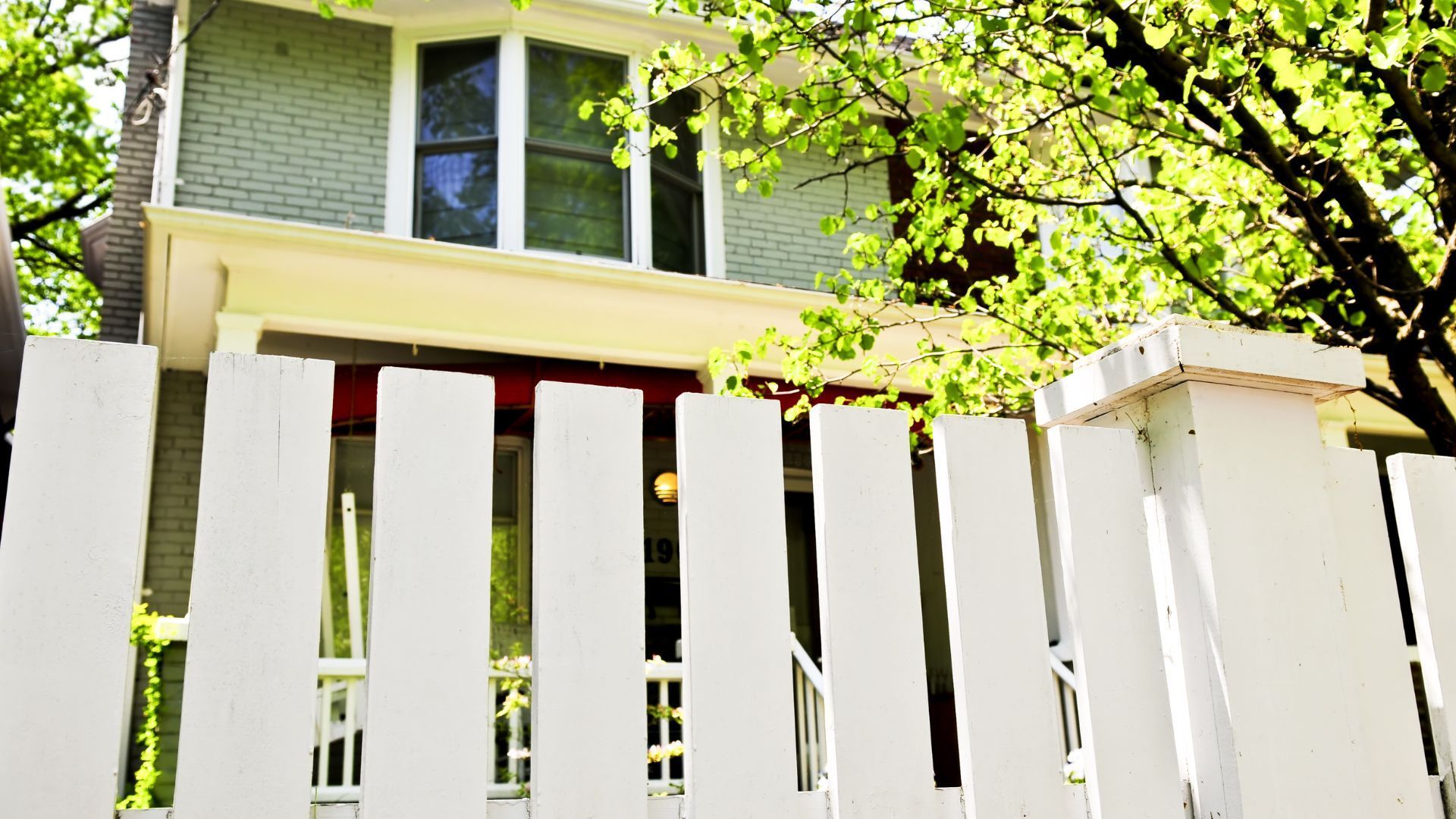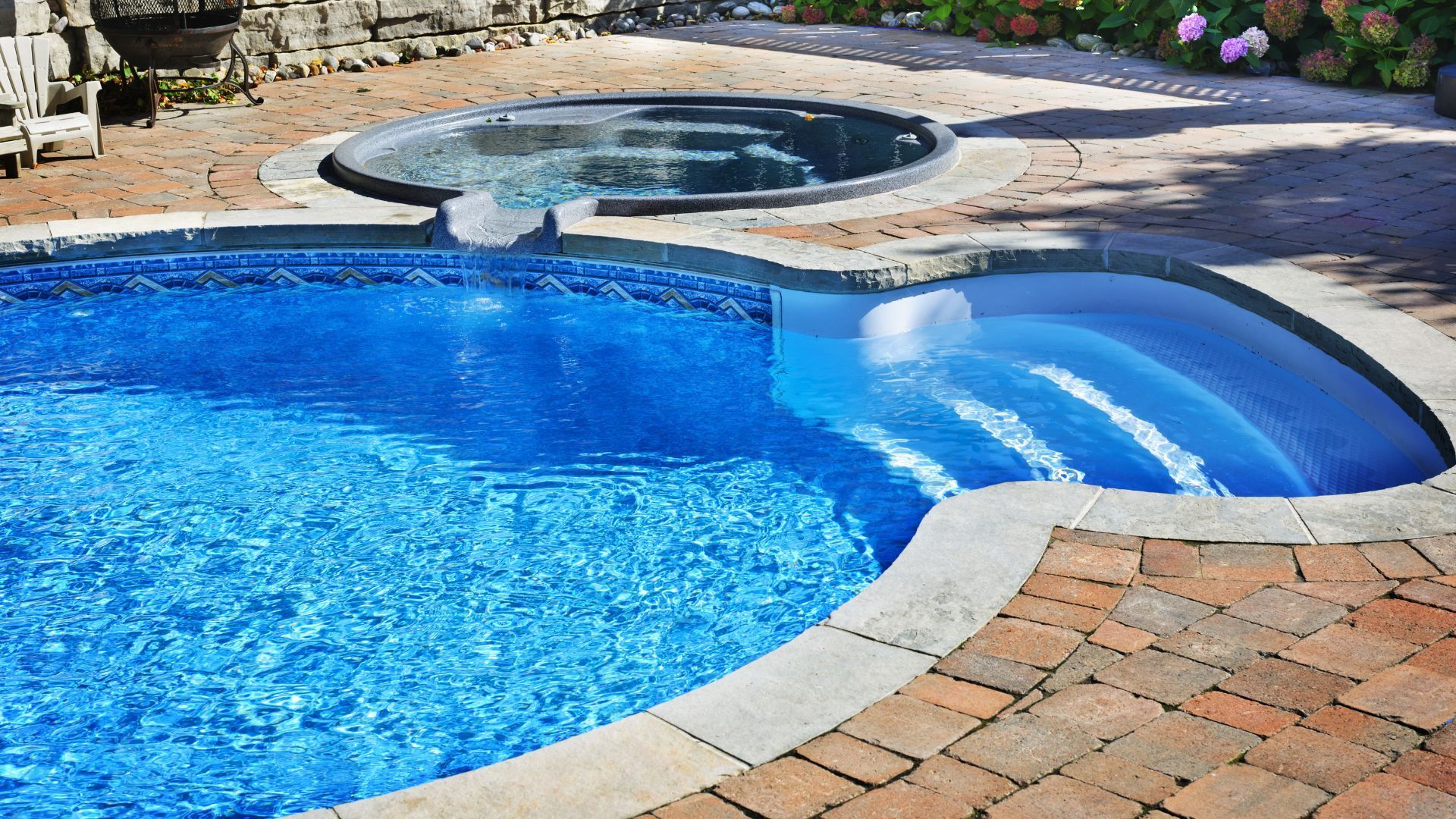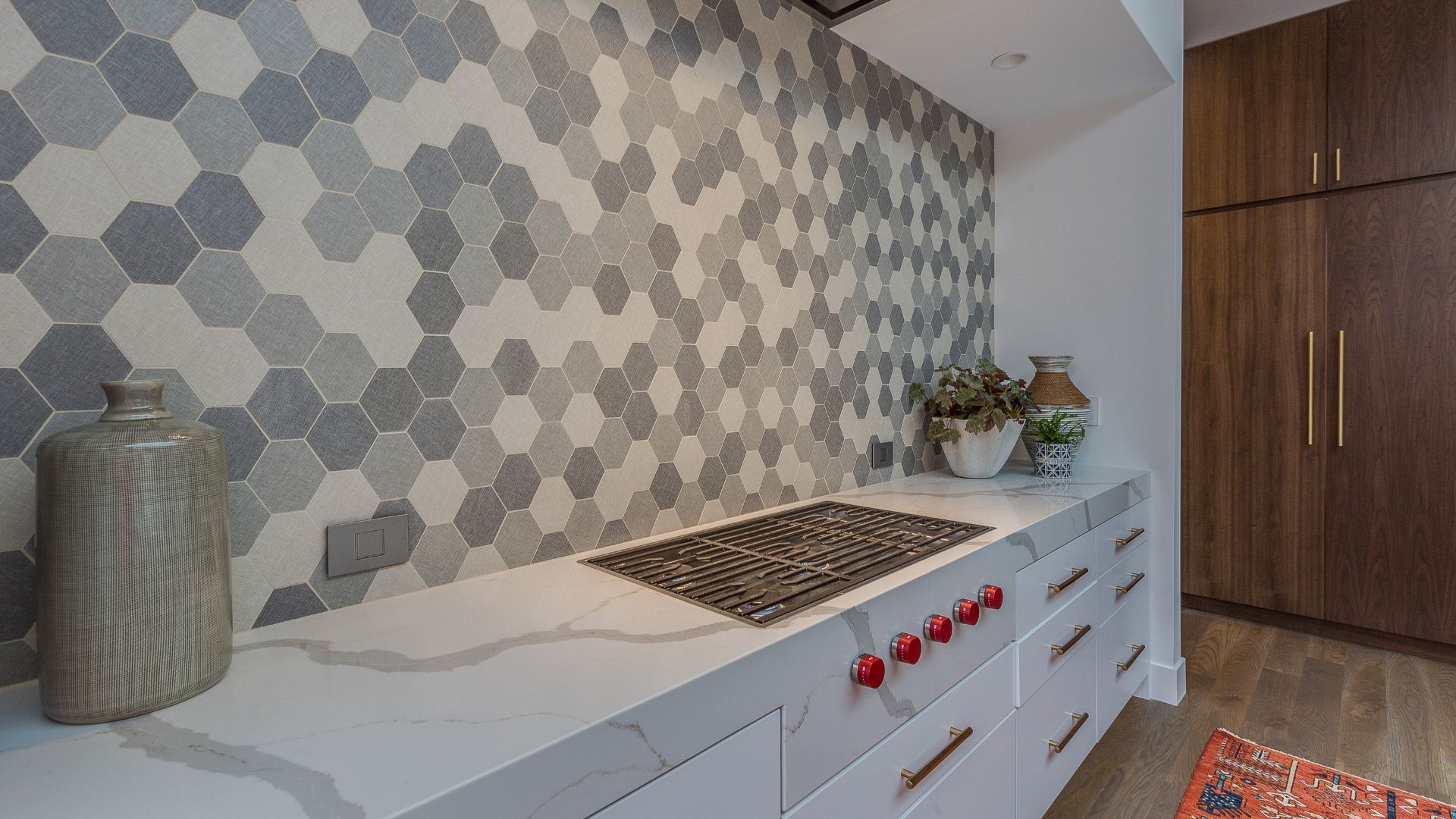Tiny Home Office Ideas
With the rise of remote work, more homeowners are creating dedicated office spaces in their homes. However, if you’re short on space, designing a tiny home office can be tricky. It needs to be functional, comfortable, and safe—all while fitting within a small footprint. As a home inspector, I’ve seen plenty of home office setups, both good and bad. While some homeowners maximize their small spaces efficiently, others unknowingly create safety hazards by blocking critical access points like breaker panels, air vents, or water shut-off valves.
If you’re working with limited space, you don’t have to sacrifice functionality or safety. In this guide, I’ll share practical tiny home office ideas to help you create an efficient workspace without making common mistakes that could affect your home’s safety and accessibility.
Choosing the Right Location
The first step in designing your tiny home office is selecting the right location. You may not have the luxury of a spare room, but you can still find a suitable spot by thinking creatively about underutilized spaces in your home.
- Assess unused areas. Look for spaces that aren’t serving a critical function, such as a corner of the living room, an entryway nook, or even an underutilized closet. These areas can be transformed into highly functional office spaces with the right setup.
- Ensure proximity to power outlets. You’ll need a reliable power source for your computer, monitor, and other office equipment. If you’re constantly relying on extension cords, it might be time to rethink the location or add a new outlet.
- Consider noise levels. If you need a quiet space for virtual meetings or focused work, avoid areas with high foot traffic, such as next to the kitchen or in a shared living space.
- Think about lighting and ventilation. Natural light can boost productivity and improve mood, so if possible, place your desk near a window. Also, ensure that your workspace has proper ventilation, especially if you’re converting a closet or attic space.
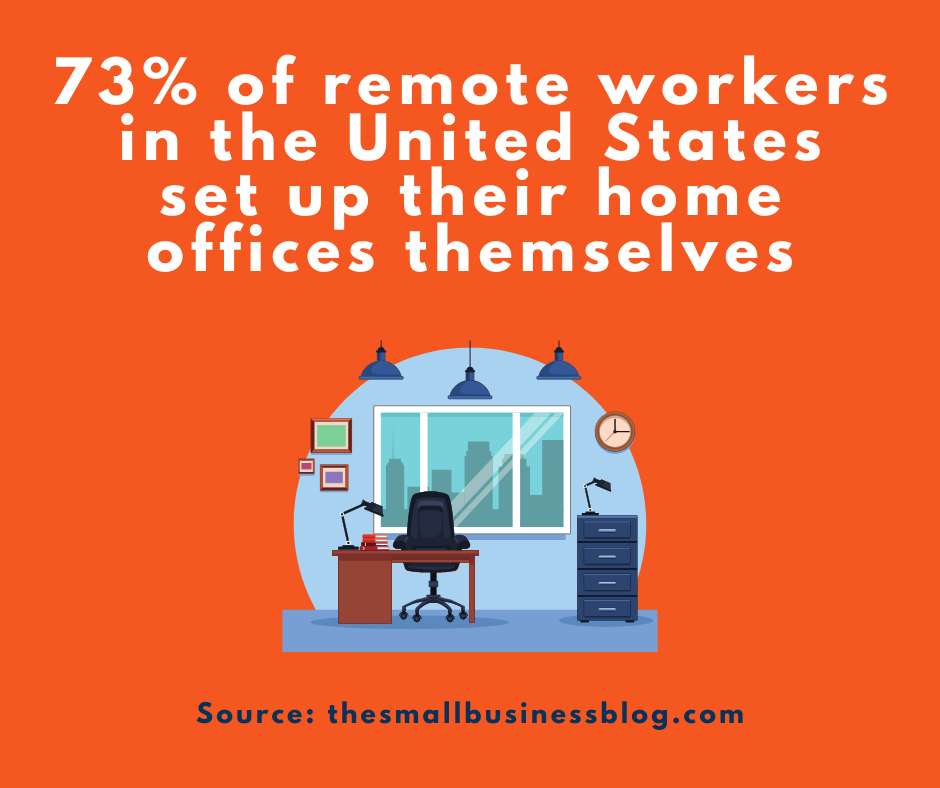
Smart Storage Solutions
Storage is one of the biggest challenges in a tiny home office. A cluttered workspace can feel overwhelming, making it difficult to focus. However, before you start organizing, it’s crucial to ensure that storage solutions don’t block access to essential home systems.
As a home inspector, I frequently see homeowners making the mistake of placing large storage bins, bookshelves, or filing cabinets in front of electrical panels, HVAC systems, or water shut-off valves. While it might seem like a convenient place to store office supplies, these critical access points must remain clear at all times.
To keep your workspace organized while maintaining safety:
- Utilize wall space. Floating shelves, pegboards, and wall-mounted storage systems can help keep items off your desk while providing easy access to frequently used supplies.
- Opt for multi-functional furniture. Desks with built-in drawers, fold-down tables, and ottomans with hidden storage can help you maximize space without adding clutter.
- Label and categorize storage bins. If you must use bins or cabinets, label them clearly and store them in areas that don’t obstruct access points. Avoid stacking bins in front of electrical panels or HVAC vents.
Maximizing Efficiency in a Small Office
Efficiency is key when working with a small space. A well-organized tiny home office can improve productivity, while a cluttered one can make work frustrating.
- Choose compact office equipment. Instead of a bulky printer, opt for a smaller model or an all-in-one device that combines printing, scanning, and copying. A wireless keyboard and mouse can also help reduce desk clutter.
- Use a wall-mounted or floating desk. If floor space is limited, consider installing a floating desk. Some models even fold away when not in use, making them perfect for multi-purpose spaces.
- Prioritize ergonomic solutions. Just because your office is small doesn’t mean it should be uncomfortable. Invest in an adjustable chair, a monitor stand, and a keyboard tray to maintain proper posture.
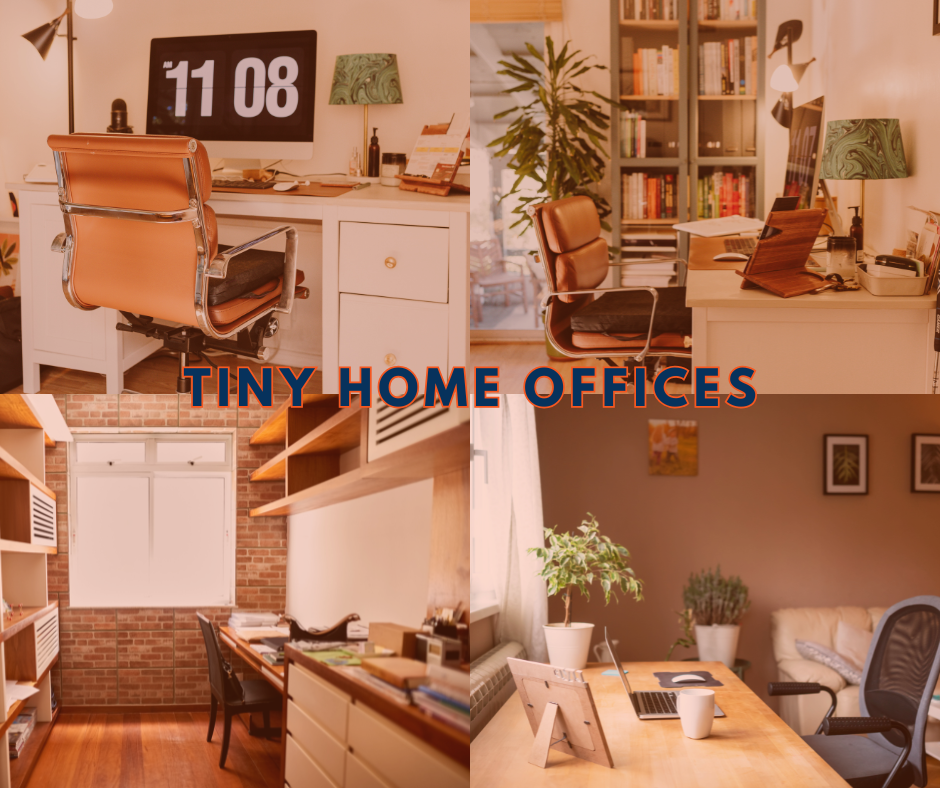
Lighting & Ventilation Considerations
Lighting and air circulation are often overlooked in home office design, but they play a huge role in productivity and comfort.
- Use layered lighting. If natural light is limited, combine different light sources such as an overhead light, a task lamp, and LED strip lighting to create a well-lit workspace.
- Ensure proper airflow. If your office is in a tight space, avoid placing furniture in front of air vents or return air ducts. Restricted airflow can cause issues with your HVAC system and create an uncomfortable environment.
Electrical & Safety Tips from a Home Inspector
As a home inspector, I’ve seen many tiny home office ideas that look great but don’t meet basic safety requirements. Electrical safety is often overlooked when setting up a home office, which can lead to fire hazards, overloaded circuits, and blocked breaker panels.
To keep your workspace both functional and safe:
- Avoid overloading power strips. Many small office setups rely heavily on power strips, but overloading them can be a fire hazard. If you find yourself needing more outlets, consider having an electrician install additional ones.
- Keep breaker panels accessible. One of the most common issues I see in home inspections is furniture or storage bins placed directly in front of breaker panels. While this might seem like a convenient storage spot, these panels need to be accessible in case of emergencies.
- Use surge protectors. Protect your valuable electronics from power surges by using high-quality surge protectors. These can prevent damage to your devices in the event of an electrical issue.
Personalizing & Keeping the Space Functional
Just because your office is small doesn’t mean it has to be dull. A well-designed workspace can be both practical and inspiring.
- Stick to a light color palette. Light colors can make a small space feel larger and less cluttered. Soft neutrals, pastels, or even white walls with natural wood accents can create a calming atmosphere.
- Incorporate soundproofing elements. If your workspace is in a shared area, consider adding rugs, curtains, or acoustic panels to minimize noise distractions.
- Declutter regularly. A small workspace can quickly become overwhelming if you don’t stay on top of organization. Make it a habit to declutter at the end of each week, keeping only what you need within arm’s reach.
New Paragraph
Conclusion
Creating a tiny home office takes some planning, but with the right approach, you can design a space that is efficient, comfortable, and safe. Prioritizing organization, avoiding common safety mistakes, and making thoughtful design choices will help you get the most out of your small workspace.
As a home inspector, I can’t tell you how many times I’ve seen homeowners unknowingly block critical access points like breaker panels, HVAC systems, and water shut-off valves. It’s a small mistake that can cause big problems when you need quick access in an emergency. By keeping these areas clear, choosing the right furniture, and following basic electrical safety tips, you can enjoy a productive home office without compromising the functionality of your home. Not sure if your home office setup is safe? Schedule with us today, and I’ll help ensure your space is both efficient and hazard-free!
With these tiny home office ideas, you can create a workspace that supports your productivity while ensuring your home remains safe and efficient. Whether you’re working in a converted closet, a living room nook, or a dedicated small room, these tips will help you make the most of your space.
